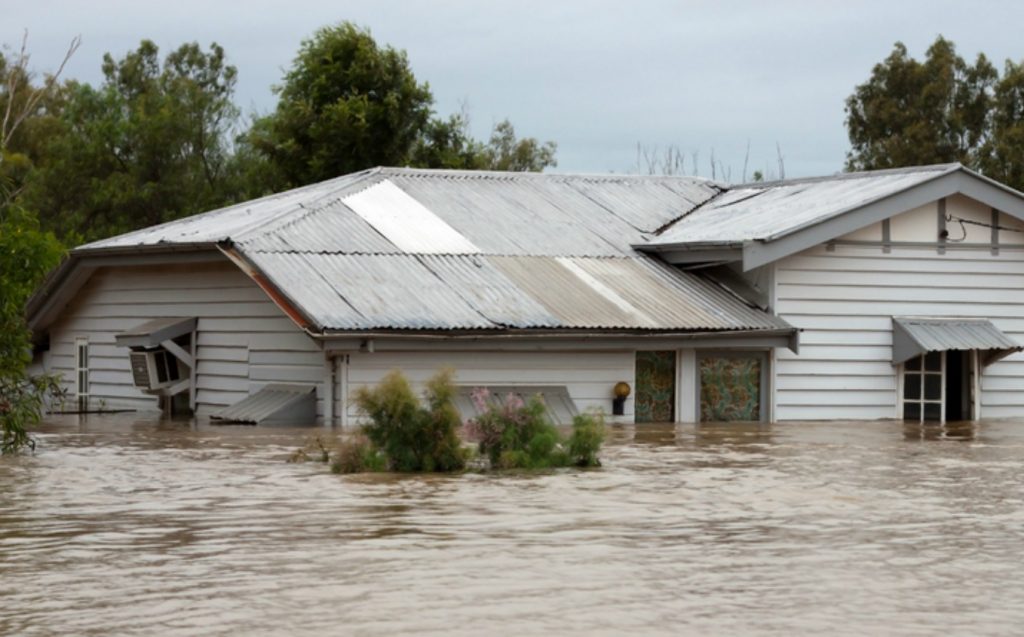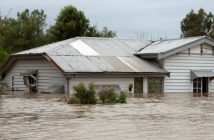The failure of successive councils and governments to prepare for inevitable flood events has left ratepayers and taxpayers burdened with bailing out the owners of weather-affected properties

The Government will enter into a funding arrangement with councils in cyclone and flood affected regions to support them to offer a voluntary buyout for owners of Category 3 designated residential properties. It will also co-fund work needed to protect Category 2 designated properties.
Minister of Finance Grant Robertson says the facilitation work that the cyclone taskforce had been engaged in to undertake risk assessments has been completed.
“From here the councils will lead engagement with their affected property-owners. This will help councils get the right solution in the right place and avoid significant financial hardship for property owners.”
For properties designated Category 2 (where it is determined community and/or property level interventions are feasible to manage future severe weather event risk) the Government will work with councils to help them build flood protection and other resilience measures. The initial support for this is already in place with $100 million initial funding announced in Budget 2023.
People in homes designated as Category 3 properties (where future severe weather event risk cannot be sufficiently mitigated) will be offered a voluntary buyout by councils – the costs of which will be shared between the Government and councils.
“The focus of today is on residential properties. We are working with sectors, such as the horticulture sector on possible targeted support for commercial operators, and on regional plans that will provide overall support for recovery and rebuild,” Robertson says.
A parallel process is also underway to engage with Māori, including on appropriate processes for whenua Māori. Engagement with those communities will be led by the Cyclone Response Unit, Te Arawhiti and local councils. The process will ensure that there are equitable outcomes for these communities.
Associate Minister of Finance Michael Wood says initial indications are that across all regions there will be about 700 Category 3 properties, and up to 10,000 homes in Category 2 areas.
Robertson says there is no precedent for the response required, but there will be more events like this in the future.
“As a Government we have to strike a careful fiscal balance between supporting affected communities and not making all taxpayers bear the cost.”
This is a cost that could have been avoided if it were not for decades of underinvestment in infrastructure, poor planning and the shortsightedness of building homes in flood-prone areas without the necessary flood protections.
Proactive, rather than reactive policy is what is needed here. Robertson may call this year’s extreme weather events unprecedented, but they were not unexpected.
Last year, then Associate Minister of Local Government Kieran McAnulty received a report titled Vulnerable Communities Exposed to Flood Hazard.
“This report identifies 44 communities that have a high level of socio-economic vulnerability and are exposed to flood hazard, are not planning to build flood protection infrastructure according to council LTPs, and communities in the wider district may have limited financial capacity to fund responses to flood risk,” it says.
“More than half of the vulnerable communities exposed to flood hazard are in the upper half of the North Island.”
This is not a new problem, with the report making reference to the July 2021 flooding of Westport, which revealed the challenging mix of flood hazard and financial limitations the community and councils face.
The report spelled out to the Government that what happened in Westport could happen in the North Island unless action was taken.
That action is at last being taken, but it is too little, too late.








